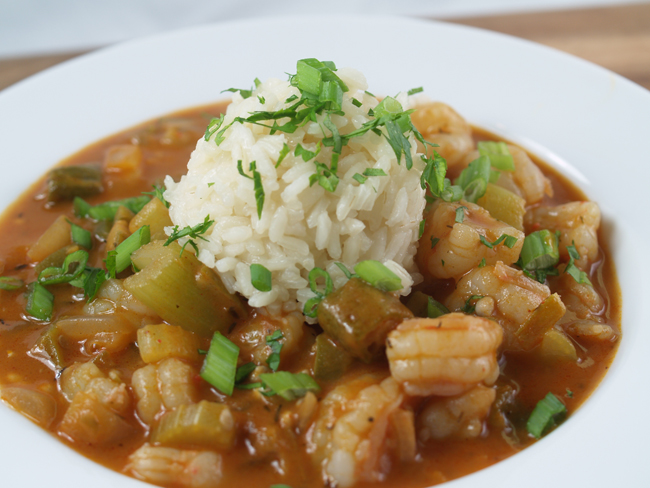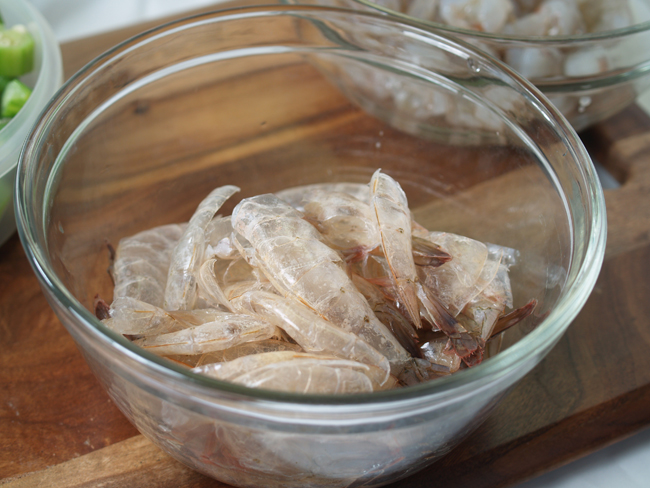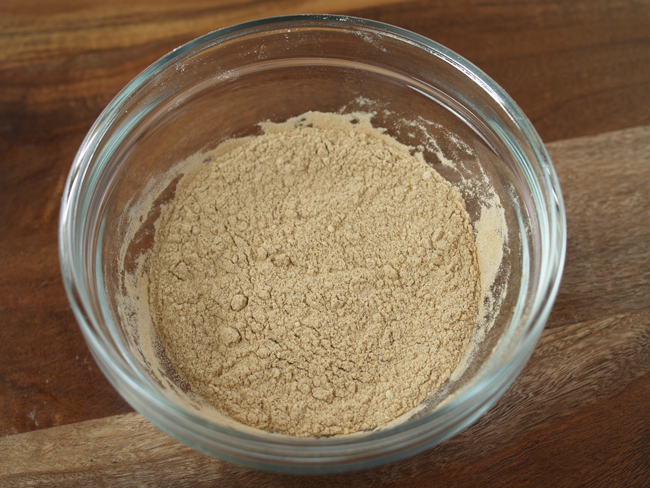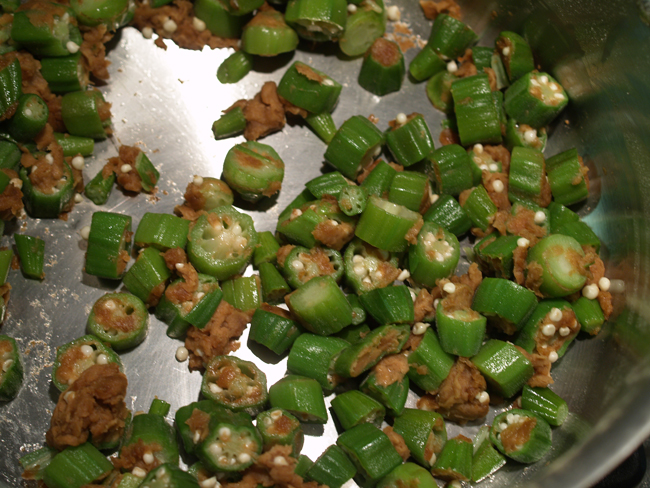cdkitchen > feeddaily blog

Add Salt, To Taste
by Guest Writer, Valerie Whitmore
Add salt, to taste. It's rather amazing how those four short words can affect a recipe so much
Aside from being an essential nutrient in our diets, salt has the ability to alter our perception of how a food tastes. It acts as both a taste enhancer and a taste suppressant. It can make sweet foods taste sweeter (in small amounts, of course) and it reduces the bitterness of other foods
Sometimes when we get a recipe review that says the recipe was "bland" or "unbalanced", I often wonder about the salt in it. Does it mention an exact amount? Is that amount correct? Does it say to add it to taste? Did the person trying the recipe add enough - or too much? And what if it's omitted entirely, as in the case of the recipe we tested this week.
We had a cold front come through Austin, dropping our high temps to the 50's for a few days. I know, you feel bad for us, right? I don't usually cook a lot of hearty stew-type dishes at this time of year since it's still normally in the mid 80's every day. But, in honor of the cooler temperatures this week I found a really fantastic sounding shrimp gumbo recipe
The recipe was more elaborate than most of the ones I've tried in the past. It took about a full hour of prep - it included cooking the rice in a broth made from the shrimp shells,

toasting the flour until light brown,

and then tossing it with cut okra and cooking it in oil - sort of a reverse roux process.

Even the tomato paste used had to be browned first. I couldn't wait to taste this magnificent dish.
So you can imagine my disappointment when my first taste fell flat. What? How could that be? But the shrimp shells... and, and... the browned flour... Had it all been for naught?
If you look at the recipe you'll see that it doesn't call for any salt. In fact, it even specifically calls for a no-salt tomato paste. I hadn't really noticed it until I sat down to try a taste and realized it was seriously lacking something. It just didn't taste like, um, anything. I'd tried 10 minute gumbo recipes that were more full of flavor. I rolled my eyes, re-read the ingredient list to see if I had forgotten anything, and grabbed the salt.
It's amazing what just a sprinkling of salt can do. All the richness (and my hard work) suddenly were shining through. The bitterness of the tomato paste was gently reduced while at the same time bringing out a hint of sweetness, and the fresh flavors of the okra, vegetables, and shrimp were finally highlighted

Now, as a seasoned cook (pun intended) I know to check the salt in a recipe but as you see, even I hadn't thought of it until I re-checked the ingredient list. It makes me wonder just how many recipes could be "saved" if they had those four crucial words at the end: add salt, to taste.
Aside from being an essential nutrient in our diets, salt has the ability to alter our perception of how a food tastes. It acts as both a taste enhancer and a taste suppressant. It can make sweet foods taste sweeter (in small amounts, of course) and it reduces the bitterness of other foods
Sometimes when we get a recipe review that says the recipe was "bland" or "unbalanced", I often wonder about the salt in it. Does it mention an exact amount? Is that amount correct? Does it say to add it to taste? Did the person trying the recipe add enough - or too much? And what if it's omitted entirely, as in the case of the recipe we tested this week.
We had a cold front come through Austin, dropping our high temps to the 50's for a few days. I know, you feel bad for us, right? I don't usually cook a lot of hearty stew-type dishes at this time of year since it's still normally in the mid 80's every day. But, in honor of the cooler temperatures this week I found a really fantastic sounding shrimp gumbo recipe
The recipe was more elaborate than most of the ones I've tried in the past. It took about a full hour of prep - it included cooking the rice in a broth made from the shrimp shells,

toasting the flour until light brown,

and then tossing it with cut okra and cooking it in oil - sort of a reverse roux process.

Even the tomato paste used had to be browned first. I couldn't wait to taste this magnificent dish.
So you can imagine my disappointment when my first taste fell flat. What? How could that be? But the shrimp shells... and, and... the browned flour... Had it all been for naught?
If you look at the recipe you'll see that it doesn't call for any salt. In fact, it even specifically calls for a no-salt tomato paste. I hadn't really noticed it until I sat down to try a taste and realized it was seriously lacking something. It just didn't taste like, um, anything. I'd tried 10 minute gumbo recipes that were more full of flavor. I rolled my eyes, re-read the ingredient list to see if I had forgotten anything, and grabbed the salt.
It's amazing what just a sprinkling of salt can do. All the richness (and my hard work) suddenly were shining through. The bitterness of the tomato paste was gently reduced while at the same time bringing out a hint of sweetness, and the fresh flavors of the okra, vegetables, and shrimp were finally highlighted

Now, as a seasoned cook (pun intended) I know to check the salt in a recipe but as you see, even I hadn't thought of it until I re-checked the ingredient list. It makes me wonder just how many recipes could be "saved" if they had those four crucial words at the end: add salt, to taste.
Recipe Quick Jump
